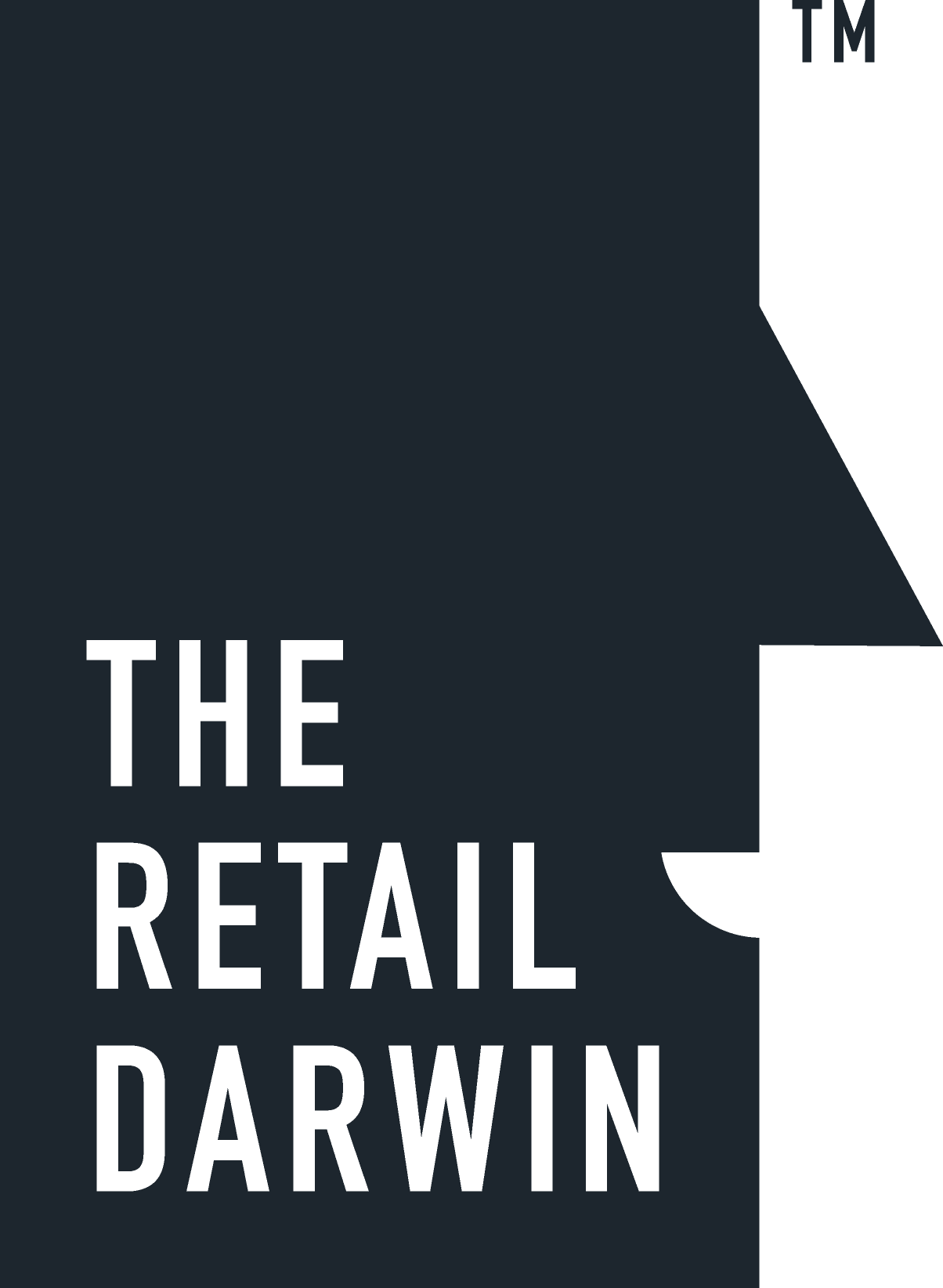Shape Shifters
Exploring radical adaptability in the retail landscape
In recent years, consumer demand for radical transparency from retailers has increased, leading many brands to disclose information about their supply chains and offer a more comprehensive view of their values and social responsibilities. This month, a new book from American entrepreneur and New York Times Best Selling Author Keith Ferrazzi shifts the conversation to a different kind of “radical.” Radical adaptability is a business term that Ferrazzi coined to describe companies that mitigate risk by maintaining flexibility. But it turns out that in the retail space, this concept has been at play all along – we just didn’t have a name for it.
Retailers have no choice but to adapt quickly to remain competitive and resilient, adjusting to near constant changes in SMS marketing technology, consumer habits, supply chain, the talent market, and the social media landscape, to name a few. A Gen-Z favorite, ear-piercing studio and fashion jewelry brand STUDS was an early adapter of technology in the SMS marketing space via retail tech-giant Klaviyo as a response to the evolution of clienteling to digitally native consumers. In November, McKinsey & Company released “Ten Steps Retailers Can Take to Shock-Proof Their Supply Chains,” a comprehensive study on building resilience that offers recommendations like establishing “digital control towers” to increase visibility and anticipate pivots, allocating inventory strategically based on availability and demand, and fragmenting one’s supply chain to diversify risk.
Pop-up retail continues to be a prominent example of the way brands remain nimble. This popular format provides opportunities to test new markets, explore a product launch or marketing campaign, or enter brick and mortar while minimizing costs. According to PopUp Republic, the pop-up industry has grown to $10 billion in sales.
As the world learns to pivot into radical adaptability as a recipe for lasting success, retailers are a step ahead of the game. If they can learn to shift and adjust for macro disruptions the way they have for changing trends and consumer desires, retailers will be well-equipped to handle whatever the future holds.


